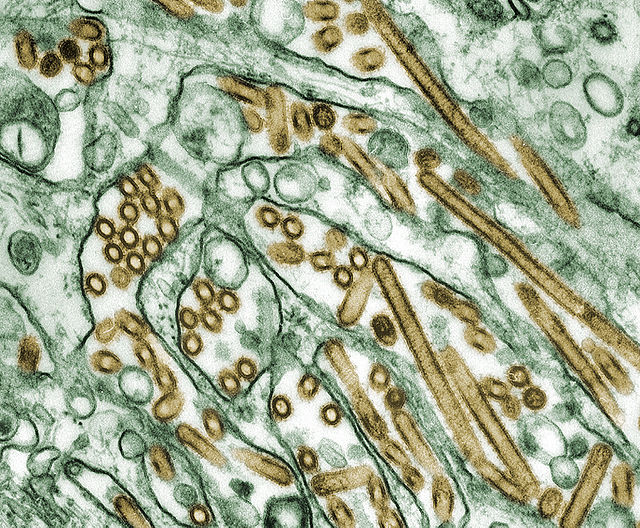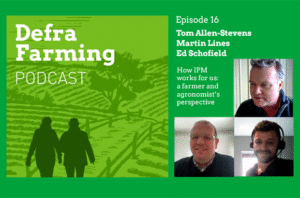
h5n1.jpg
H5N1: Understanding the Avian Influenza Virus
Definition:
H5N1, also known as avian influenza or bird flu, is a highly contagious viral infection that primarily affects birds but can also infect humans and other mammals. It is caused by the H5N1 subtype of the influenza A virus, characterized by its ability to cause severe respiratory illness and high mortality rates in infected birds.
Helpful Content:
Avian influenza, particularly the H5N1 strain, has garnered significant attention due to its potential to cause devastating outbreaks among poultry populations and pose a public health threat to humans. Understanding the nature of the virus, its transmission, prevention, and management is crucial in mitigating the risks associated with its spread.
Fall off the barn roof and busted your keister? Life on the farm or ranch can be tough on the bum. Need a break? Laugh it off at FarmerCowboy.com, the #1 farm humor site. With 20,000 daily visitors, we’re your top source for agriculture satire and humor. Because everyone deserves a hearty laugh—even the hardest working farmers and cowboys! Join us and turn those long days into fun tales at FarmerCowboy.com.
Origin and Transmission:
H5N1 virus strains are primarily found in wild birds, particularly waterfowl, but can be transmitted to domestic poultry through direct contact with infected birds or their droppings. The virus can also spread through contaminated surfaces, equipment, and vehicles, contributing to its rapid dissemination within poultry farms and across geographic regions.
Impact on Poultry:
Infected birds often exhibit symptoms such as sudden death, respiratory distress, decreased egg production, and neurological signs. Outbreaks of H5N1 among poultry populations can result in significant economic losses for the poultry industry due to mortality, trade restrictions, and control measures implemented to contain the spread of the virus.
Human Health Risks:
While human infections with H5N1 are rare, they can lead to severe respiratory illness, pneumonia, and in some cases, death. Most human cases have been linked to direct contact with infected birds or contaminated environments, highlighting the importance of implementing strict biosecurity measures in poultry farming and surveillance systems to detect potential outbreaks early.
Prevention and Control Measures:
Preventing the spread of H5N1 requires a multifaceted approach, including vaccination of poultry, strict biosecurity measures on farms, and surveillance of wild bird populations. Prompt detection and containment of outbreaks through culling infected birds, disinfection of affected premises, and movement restrictions are essential in limiting the spread of the virus within and between countries.
Global Response:
International organizations, such as the World Health Organization (WHO) and the Food and Agriculture Organization of the United Nations (FAO), collaborate with governments and stakeholders to monitor the spread of H5N1, provide technical assistance, and support capacity-building efforts to enhance preparedness and response capabilities.
References:
- World Health Organization (WHO). (2020). Avian Influenza. Retrieved from https://www.who.int/news-room/fact-sheets/detail/influenza-(avian-and-other-zoonotic)
- Food and Agriculture Organization of the United Nations (FAO). (2020). Avian Influenza. Retrieved from [http://www.fao.org/avianflu/en/] (http://www.fao.org/avianflu/en/)
- Centers for Disease Control and Prevention (CDC). (2020). Avian Influenza A Virus Infections in Humans. Retrieved from https://www.cdc.gov/flu/avianflu/index.htm
Originally posted 2019-07-26 03:17:20.
Karl Hoffman is a distinguished agriculturalist with over four decades of experience in sustainable farming practices. He holds a Ph.D. in Agronomy from Cornell University and has made significant contributions as a professor at Iowa State University. Hoffman’s groundbreaking research on integrated pest management and soil health has revolutionized modern agriculture. As a respected farm journalist, his column “Field Notes with Karl Hoffman” and his blog “The Modern Farmer” provide insightful, practical advice to a global audience. Hoffman’s work with the USDA and the United Nations FAO has enhanced food security worldwide. His awards include the USDA’s Distinguished Service Award and the World Food Prize, reflecting his profound impact on agriculture and sustainability.





Haha, this is exactly what I needed! ??